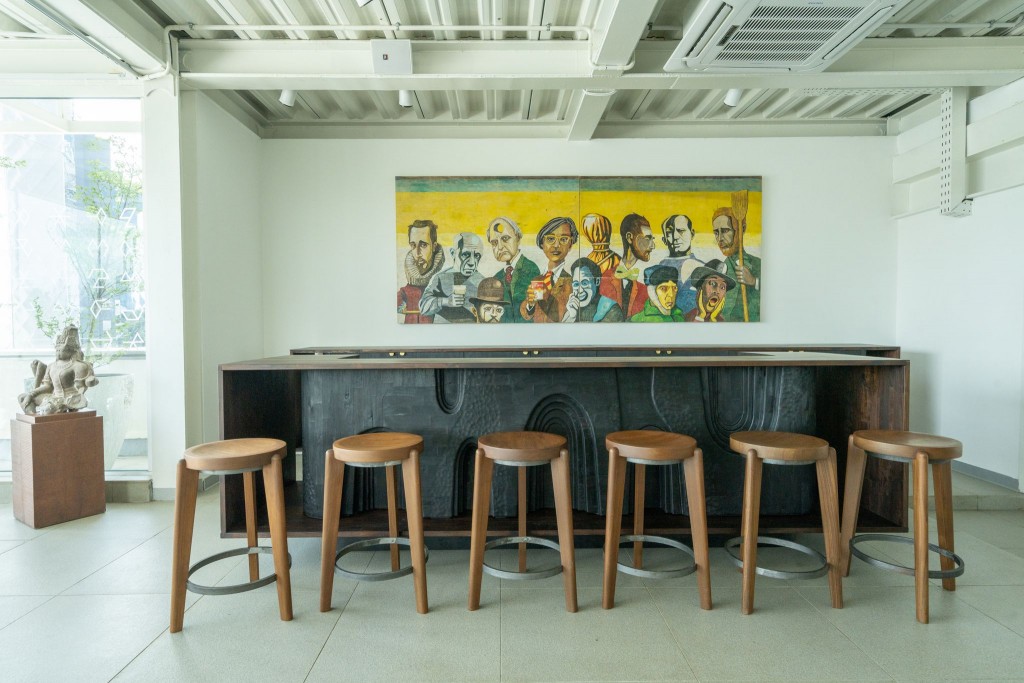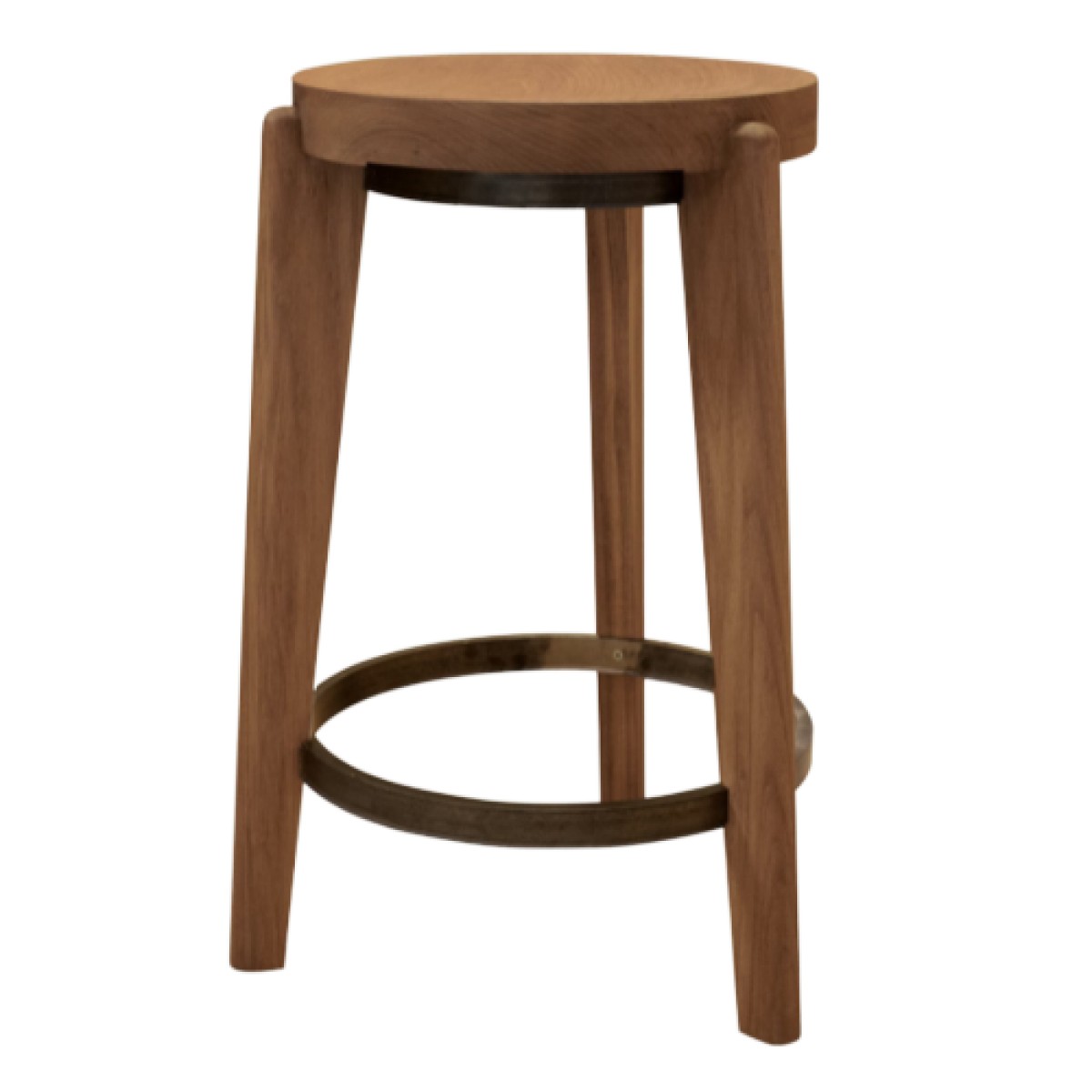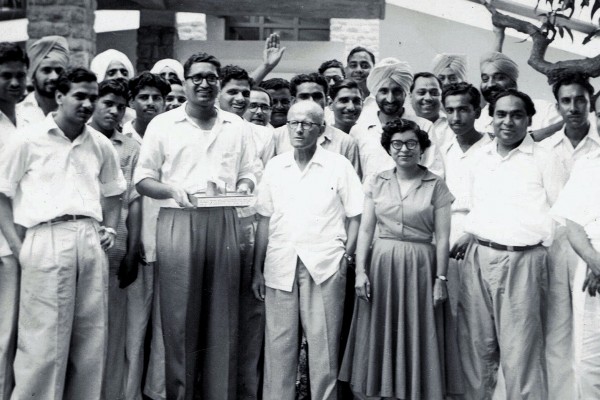
The metal rings are made of bright flat steel bars and have been fabricated using the hot metal rolling process that was commonly used in the early to mid 20th century. In this method, a flat bar of steel is shaped into a circle; and a weld is made at the point the two ends meet. The visible but inconspicuous inch wide weld grinding mark in the rings is due to this. The original patina of the raw material (which comes as flat bars) is retained to give the rings a weathered look. The screws used to fix the metal to the wood are also of the type used a few decades ago, although we have upgraded the quality from mild steel to stainless steel.
Leg Width: 42.5 cm
Seat Diameter: 35.5 cm
Materials:
Burma Teak (Tectona grandis)
Steel
We offer this product in Natural Teak and Dark Stain finish. The natural teak finish highlights the golden brown colour of raw teak and is finished with a transparent polish. The dark stain is a result of a single coat of water based wood stain, hand applied to give the timber a deeper hue. (Please note that each batch of teak is unique and actual shade may vary from the reference images.)
Chandigarh Counter Stool
For Order
From ฿59,300
This price reflects the basic model of the product with no additional features or upgrades.


